by Jacob Gordon
It’s cold outside. There’s no debating that. The snow’s falling, temps are dropping, and if you tend to spend a lot of time outside in the cold, your insulated jacket is a key component to keeping you warm.
But the type of insulation that is right for you — down or synthetic — will be determined by the type of activity you’re doing and the weather you’ll find yourself in.
Down Insulation
When we think of down, many of us imagine the feathers of geese or ducks, but in actuality down insulation comes from the plumage of a duck or goose. Think of this as the lofty, fluffy undercoating layer that is right underneath the feathers and right above the skin. Down is actually nature’s version of insulation; it nestles between the goose or duck’s skin and the outer feathers, essentially acting as an insulating mid-layer. It’s incredibly warm, highly breathable, and wonderfully compressible, helping maximize heat retention.
These concepts are what drive down insulated pieces.Down pieces not only provide you excellent warmth, but they’re lightweight, so they won’t bog you down. A jacket like Mountain Hardwear’s Ghost Whisperer weighs in at under.5 pounds! That gives you great warmth without too much extra weight. Down’s ability to breath helps wick moisture slightly ensures you never overheat. Throw in its packability, and down pieces are great to tuck into your pack or under a windproof or waterproof shell.
Down is measured by fill power (often ranging from 400-900 fill), and we might assume the higher the fill power of down the warmer the piece will be. However, this isn’t necessarily the case. Fill power actually measures how many cubic inches 1 oz. of down clusters can fill inside a lab container. What does this mean for you? Well, the higher the fill power, the more space that 1 oz. of down fills up; the higher the fill power, the less down is needed to provide warmth to a garment. In other words, the higher the fill power, the lighter the weight. The warmth will still be comparable no matter the fill.
As you might expect, the higher the fill power, the higher the price. Most outdoor pieces fall between 600 and 800 fill, but the prices between two jackets of different fill power can vary drastically.
Down is great because it is lightweight, super compressible, and retains warmth wonderfully, but what about its downfalls? The biggest issue with down is that it basically becomes useless when the wet weather comes. Ever seen a wet duck or goose? Think they were pretty warm? Exactly.
Thankfully, there have been some advancements in the world of down. Many vendors are using water-repellent down, which gives you all the benefits of down you know and love, but lets the down continue performing well even when the rain or snow show up. Keep in mind, water-repellent down can stand up to light precipitation, but in torrential downpours or snowfalls, you’ll still lose a lot of heat.
Synthetic Insulation
While down insulation tends to lose its effectiveness in wet weather, synthetic insulation continues keeping you warm even if you’re drenched. Instead of using natural down clusters, synthetic insulation uses various sizes of polyester fibers interwoven to help replicate the effects of down. Where down comes in clusters, synthetic insulation comes in layered sheets. While not quite as warm as down, synthetic insulation fibers still work to trap heat and keep you warm, but now they’ll still be effective even when wet.
While synthetic insulation will keep you toasty warm even when wet, a big drawback is its significant increase in weight-to-warmth ratio. Remember, down insulation is super-lightweight, and this is just something synthetic insulation can’t fully replicate. That’s not to say synthetic insulated pieces are armor-like in weight, but if you’re looking to shave ounces, synthetic insulation may not be the way to go.
You might end up gaining a few pounds in weight, but the average price for synthetic garments versus down ones is actually quite cheaper. This price difference is especially noticeable among a single vendor’s offerings. Take a look at Patagonia’s insulated jackets. Their synthetic insulated Nano Puff Jacket is about $40 less than their Down Sweater Jacket.
Does this mean one is better than the other? Not necessarily, but if you’re looking to stay warm without breaking the bank, synthetic insulation may be the way to go.
Wrap Up
In the great synthetic VS down debate, there’s no clear winner. It’s really all about what activity you plan on doing and what the conditions will be like. The worst thing you can do is make a blind allegiance one way or the other. Instead, it might be a good idea to have at least one garment of down and synthetic insulation. This way, no matter what weather you encounter, you’ll be good to go.
Personally, I love my Patagonia Down Sweater Jacket as a mid layer or when I find myself in cold, dry weather. It’s lightweight, but keeps me toasty warm, and its compressibility can make for a makeshift pillow when necessary. When the snow or rain starts falling, I tend to reach for my Atom LT Hoody from Arc’teryx. It’s lightweight, but I know I’ll still be warm even if I get caught outside in a downpour or heavy snowfall.
Pros/Cons
DOWN
+ Lightweight — great weight-to-warmth ratio
+Naturally works to maintain heat
+Super compressible
-Fairly useless when wet
-Can be on the pricier side
SYNTHETIC
+Keeps you warm even when wet
+Cheaper than down
+Still compressible, though not as much as down
-Heavier
-More material needed to keep you warm
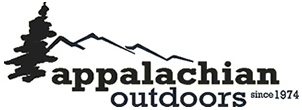
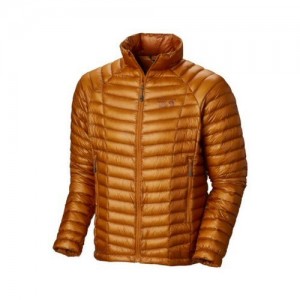
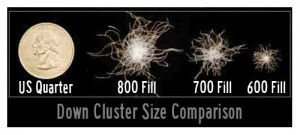
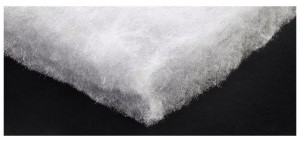
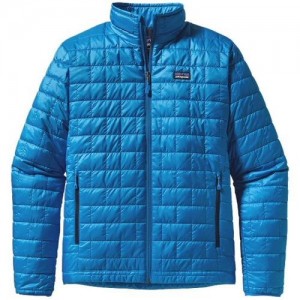
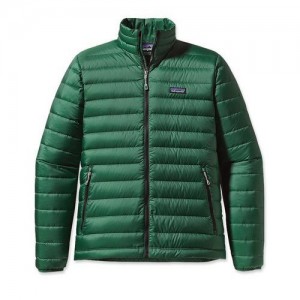
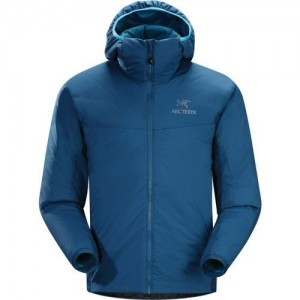
Pingback: /Explore | Five on Friday: Womens Synthetic Insulated Jackets
Pingback: /Explore | Layering: Easy as 1, 2, 3!
Pingback: Art for Games Bibliography | A Blog About Uni Stuff